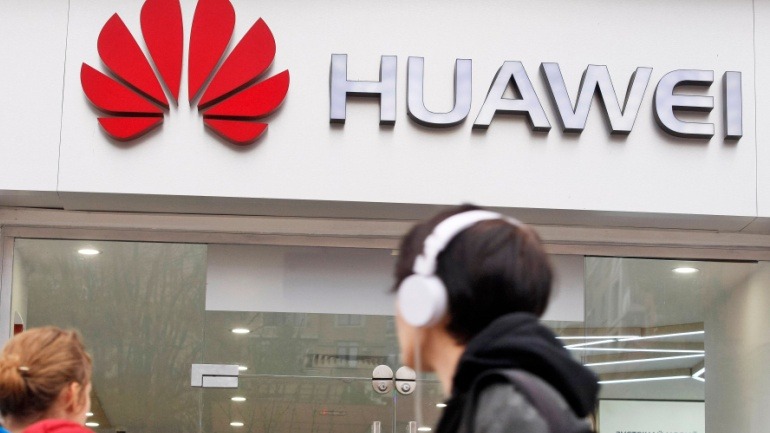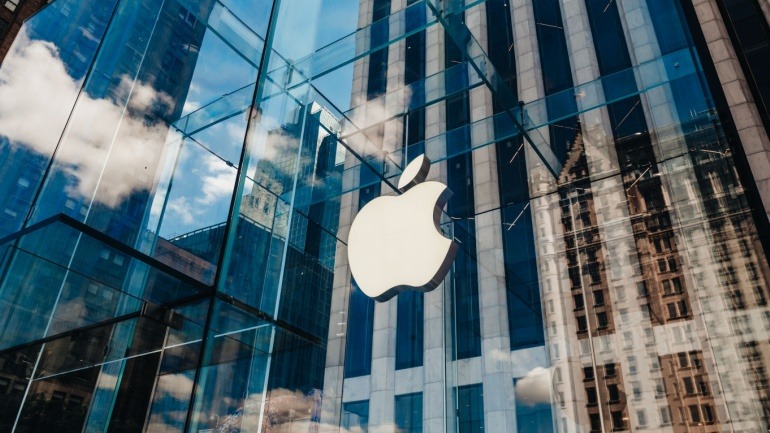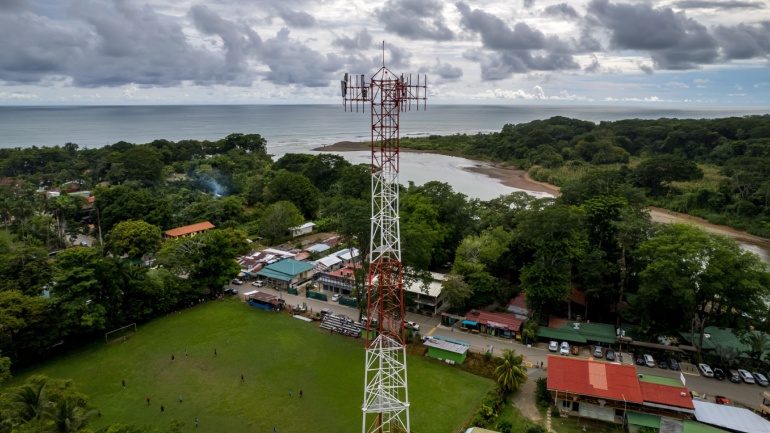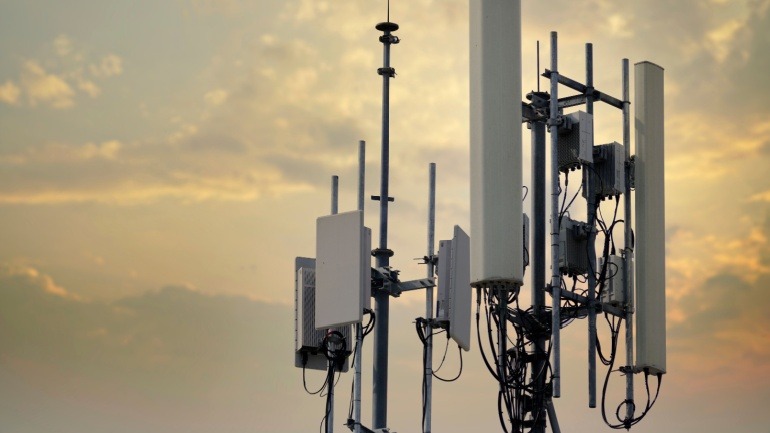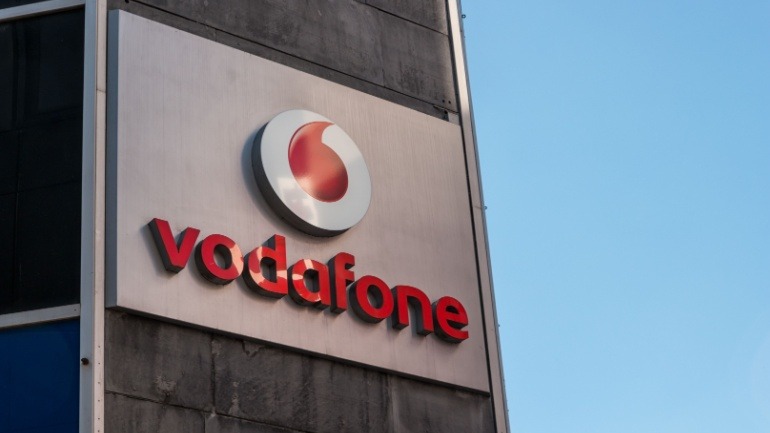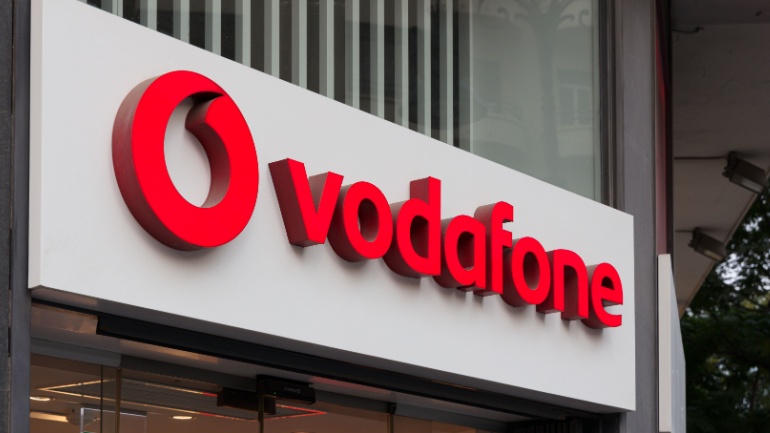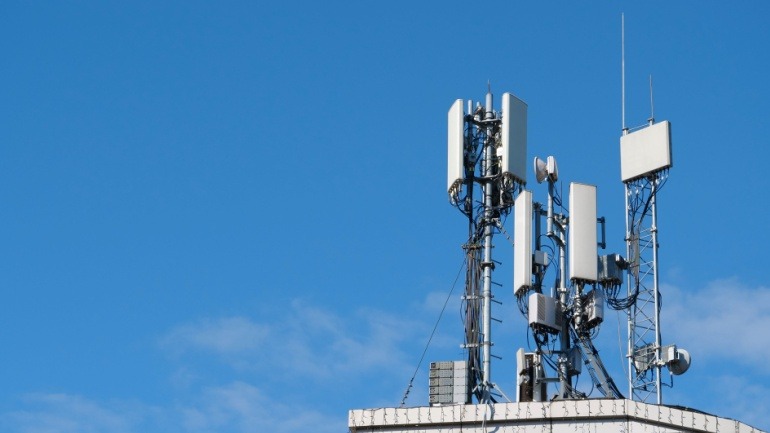China Mobile International is driving cross-border private 5G adoption, aiding Chinese enterprises in building global networks and assisting international manufacturers entering China. With about 64,000 private 5G networks, China’s cohesive regulatory ecosystem fosters rapid growth. CMI provides turnkey solutions through local collaboration, supporting seamless industrial expansion worldwide.
In the ever-evolving tech cold war, the European Union carefully navigates Huawei’s controversial presence by utilizing a strategic ‘toolbox’ of recommended security measures. As the EU weighs a potential ban, VoIP technologies could see significant shifts depending on alliance formations and geopolitical pressures, significantly impacting global telecommunications infrastructure.
Apple is pioneering groundbreaking satellite connectivity features for iPhones, marking a substantial evolution in mobile communications. By enhancing satellite messaging with photo transmission capabilities, improving navigation in no-signal zones, and easing indoor connectivity, Apple leverages partnerships to push boundaries. iPhone users can expect revolutionary advances, especially in areas where traditional networks fall short.
Costa Rica is ambitiously moving towards nationwide 5G network establishment. ICE, the telecom leader, has completed its tender and is reviewing proposals. This billion-dollar project seeks to elevate Costa Rica’s digital connectivity. ICE’s tender received global bids from giants like Nokia and Huawei, reflecting international confidence in its vision.
Future Technologies is making waves in the VOIP industry with its bold strategy to become North America’s top private 5G provider by 2026. Partnering with Battle Investment Group, the firm is leveraging acquisitions and equity to enhance its connectivity offerings. With a focus on industrial AI and IoT, Future Technologies commits to delivering superior VOIP solutions, positioning itself at the forefront of technological growth. This move promises significant revenue and workforce expansion, catering to enterprises seeking robust private 5G networks.
Vodafone’s ambitious infrastructure project around the Black Sea aims to bypass Russia, significantly enhancing VoIP and internet traffic flow in the region. With a €100 million investment, Vodafone and Vodafone Ukraine are set to fortify digital sovereignty through fiber optic technology, boosting network resilience and connectivity for Ukraine and neighboring countries.
Vodafone’s RAN overhaul, leveraging advanced VoIP technologies for 5G services, marks a pivotal shift. By integrating carrier aggregation, AI, and Open RAN, Vodafone aims to enhance network efficiency. Vendors like Ericsson play key roles, highlighting Vodafone’s balanced strategy in the competitive telecommunications market. This digital innovation promises enhanced connectivity.
Virgin Media O2 has launched its 5G-enhancing Giga Sites in London, marking a major leap in UK mobile connectivity. Utilizing Nokia’s cutting-edge MIMO technology, these sites promise robust and speedy 5G, seamlessly blending spectrum bands for superior coverage and capacity. This initiative is vital to Virgin Media O2’s mobile transformation strategy.
Verizon is leading an initiative to establish a 6G alliance with major telecom influencers. This aims to strategically define 6G capabilities and innovative applications, avoiding chaotic development. Key players like Ericsson, Samsung, and Nokia join forces with Verizon to shape the future, ensuring 6G networks power real-time AI and smart city solutions.
Vodafone Germany has ingeniously transformed a traditional advertising column into a 5G antenna site in Stuttgart, kickstarting a project to enhance urban mobile coverage. Utilizing Ericsson antennas and fiber optic backhaul, it offers 500 Mbps speeds. This innovation expands Vodafone’s 5G network seamlessly, avoiding the challenges of building large cell towers.




